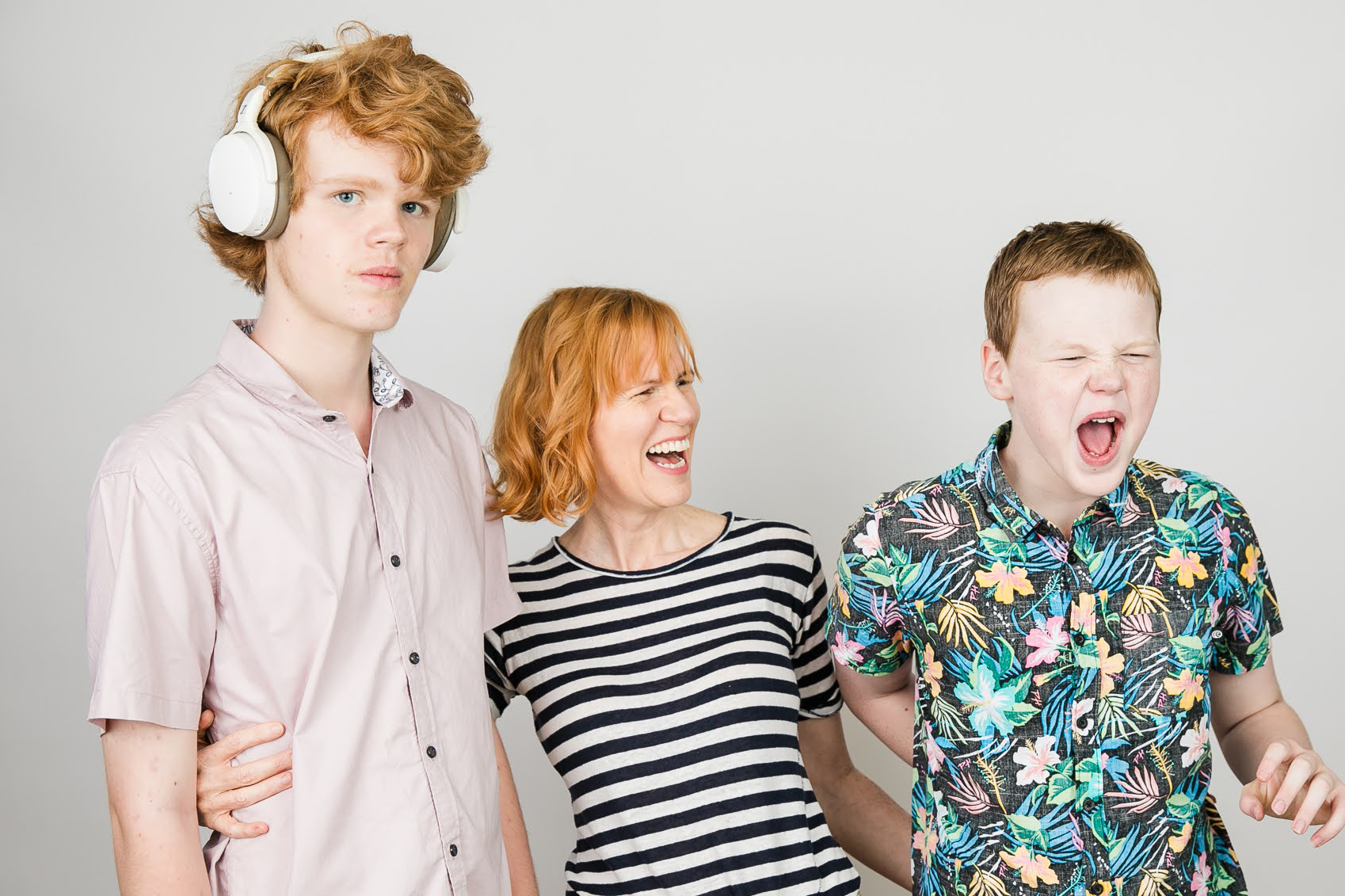Understanding autism in young children

Whether you’ve just graduated or have decades of experience under your belt, there’s always more for educators to learn about the young children in their care and how they develop, learn and behave.
This is particularly true of children with disabilities or additional needs, including children with autism.
As very few people have received a formal education around autism and our knowledge of it is constantly evolving, every person reading this article will have a different level of understanding. Perhaps you’re an autistic individual yourself, or have an autistic person in your family or inner circle. Perhaps you’ve worked with some autistic children before, or children you’ve thought could be on the autism spectrum. Or, perhaps you know very little about autism and want to know more as you interact with children with different backgrounds and abilities. Regardless of where you’re at, this article can offer you vital information that will in turn help you to provide the best education possible to every child in your care.
In this post, we’ll discuss what autism actually is and how it commonly presents in young children. We’ll also debunk some myths and misconceptions about autism that can prevent children and their families from having a positive and productive early learning experience.
- What is autism?
- What are the signs of autism in young children?
- Myths and misconceptions, debunked
- Further support for educators
So, what is autism?
Autism spectrum disorder (ASD), commonly shortened to autism, affects how people communicate, interact with others and make sense of the world. It is a developmental condition that is typically life-long, although a person’s experience with autism can change throughout their life.
People with autism experience difficulties with communication, social interaction and restricted/repetitive interests and behaviours. These are often accompanied by sensory issues, such an over-sensitivity or under-sensitivity to sounds, smells or touch. All of these difficulties may lead to meltdowns or behavioural challenges in some individuals.
Although people with autism have a wide range of challenges, they also have a wide range of abilities. By celebrating an autistic individual’s strengths while acknowledging their challenges, they will be best placed to access the support they need to reach their full potential. It’s possible to acknowledge an autistic person’s strengths and weaknesses at the same time - in fact, it’s necessary.
The term “spectrum” is used by experts and the broader community to emphasise that autism presents differently in every single person. Just as no two children are alike, every autistic child will be different and have different needs, too. As the common saying goes, ‘If you’ve met one person with autism, you’ve met one person with autism!’
What are the signs of autism in young children?
Although each autistic child is unique, there are some common early signs of autism that educators should be aware of. Perhaps the easiest way to determine if a child is showing signs of autism is to consider the expected developmental milestones of other children their age and whether they are missing these or developing differently.
Below are the developmental milestones a typically-developing child will reach at 12, 24 and 36 months of age:
12 months
- Watches faces intently, responds to other people’s expressions of emotion
- Smiles, imitates some facial expressions, follows moving object with eyes
- Begins to babble, imitates sounds and words, brings hand to mouth
- Has single words like “dada”, repeats sounds or gestures for attention
- Turns head toward direction of sound, responds to own name
- Pushes down on legs when feet placed on a firm surface; raises head and chest when lying on stomach
- Smiles at mother or primary care-givers voice, prefers them over all others
- Can sit up without assistance, can pull self up to stand, walks holding on to furniture
- Waves ‘bye-bye’ and points to objects
24 months
- Walks alone, with support can negotiate stairs and furniture, carries and pulls toys while walking
- Has several single words by 15 to 18 months; uses simple phrases by 24 months
- Imitates behaviour of others, excited about company of other children
36 months
- Uses 4-5 word sentences, understands most sentences and instructions
- Imitates adults and playmates, expresses affection openly, separates easily from parents
- Sorts objects by shape and colour
- Plays make believe
- Climbs well, runs, kicks a ball, negotiates stairs unaided
If a child isn’t reaching these developmental milestones, or is demonstrating the following behaviours, this may mean they are autistic:
12 months
- Does not pay attention to or frightened of new faces
- Does not smile, does not follow moving object with eyes
- Does not babble, laugh and has difficulty bringing objects to the mouth
- Has no words
- Does not turn head to locate sounds and appears not to respond to loud noises
- Does not push down on legs when feet placed on a firm surface
- Does not show affection to primary caregiver, dislikes being cuddled
- Does not crawl, cannot stand when supported
- Does not use gestures such as waving or pointing
24 months
- Cannot walk by 18 months or walks only on his toes, cannot push a wheeled toy
- Does not speak; does not imitate actions, cannot follow simple instructions
- Does not appear to know the function of common household object such as a telephone by 15 months
36 months
- Has very limited speech, does not use short phrases, has difficulty in understanding simple instructions
- Has little interest in other children, has difficulty separating from mother or primary care-giver
- Difficulty in manipulating small objects
- Has little interest in ‘make-believe’ play
- Frequently falls, has difficulty with stairs
Sometimes, it won’t be evident that a child is autistic until they are three or four years old. Here are some common signs of autism in preschool-aged children:
Social communication signs
- The child generally does not point to or share observations or experiences with others
- The child tends not to look directly at other people in a social way. This is sometimes referred to as a lack of eye contact
- There may be an absence of speech, or unusual speech patterns such as repeating words and phrases (echolalia), failure to use ‘I’, ‘me’, and ‘you’, or reversal of these
pronouns - Unusual responses to other people. A child may show no desire to be cuddled, have a strong preference for familiar people and may appear to treat people as objects rather than a source of comfort
- The child may appear to avoid social situations, preferring to be alone
- There is limited development of play activities, particularly imaginative play
- There may be constant crying or there may be an unusual absence of crying
Behavioural signs
- The child often has marked repetitive movements, such as hand-shaking or flapping, prolonged rocking or spinning of objects
- Many children develop an obsessive interest in certain toys or objects while ignoring other things
- The child may have extreme resistance to change in routines and/or their environment
- The child may be resistant to solid foods or may not accept a variety of foods in their diet
- There are often difficulties with toilet training
- The child may have sleeping problems
- The child may be extremely distressed by certain noises and/or busy public places
It can be tricky to know what to do if you think a child is showing signs of autism. Our free course ‘Navigating Autism: The Early Years,’ offers a step-by-step guide of how to support a child in your care if you believe they are autistic. Learn more.
Myths and misconceptions about autism
Unfortunately, there are still many myths and misconceptions about autism. Many of these myths are widespread and negatively impact how autistic people are treated and supported in various facets of life. Misconceptions about autism are damaging to autistic individuals, their families and our broader society, as they discourage diversity, inclusion and support and fuel prejudice and discrimination that can have long-term harm.
Below are some myths around autism that educators should know to be untrue. By understanding these myths, you can prevent their spread and provide appropriate support to children with autism in your care:
Myth: Autistic children can’t learn
All children can learn, regardless of their ability or background. Some children may simply learn at a different pace or in a different way to others, which is often the case for autistic children. Through evidence-based methods and a persistent and positive approach, early childhood educators can help children with autism effectively learn skills that will serve them throughout their lives.
Myth: Autistic children don’t want friends
Although a child with autism may spend a lot of time alone, this doesn’t mean they don’t want friends. In fact, many autistic children want friendships just as much as their non-autistic peers - they might just require more time and support to form them.
Myth: Autism is caused by bad parenting
There is no evidence to suggest that any parenting style can cause autism. Although parents and caregivers may feel that their child’s atypical or delayed development is somehow their fault, this is simply untrue. With the right information, support and collaboration with their child’s educators and therapists, parents and caregivers can quickly gain the skills and confidence to be their child’s best advocate.
Myth: Autism is caused by vaccines
Perhaps the most widespread and damaging myths about autism is that it is caused by vaccinations. There is NO scientific evidence to support these claims, and many studies have successfully disproved this idea. You can read more about these studies here.
Further support for educators
There is a lot to know about autism, and knowing what information is credible and useful can be challenging. That's where ‘Navigating Autism: The Early Years’ comes in.
A free course designed for early childhood educators supporting autistic children, this program provides early childhood educators with a comprehensive understanding of autism as well as practical tools and strategies to support children with autism in their centre while prioritising their own wellbeing. Designed with the help of parents, professionals and other educators, it contains evidence-based information and resources that can be accessed anytime, anywhere.
To learn more about the course and register for free, you can tap on the button below.
For further reading about autism, you can also click on the links below:






